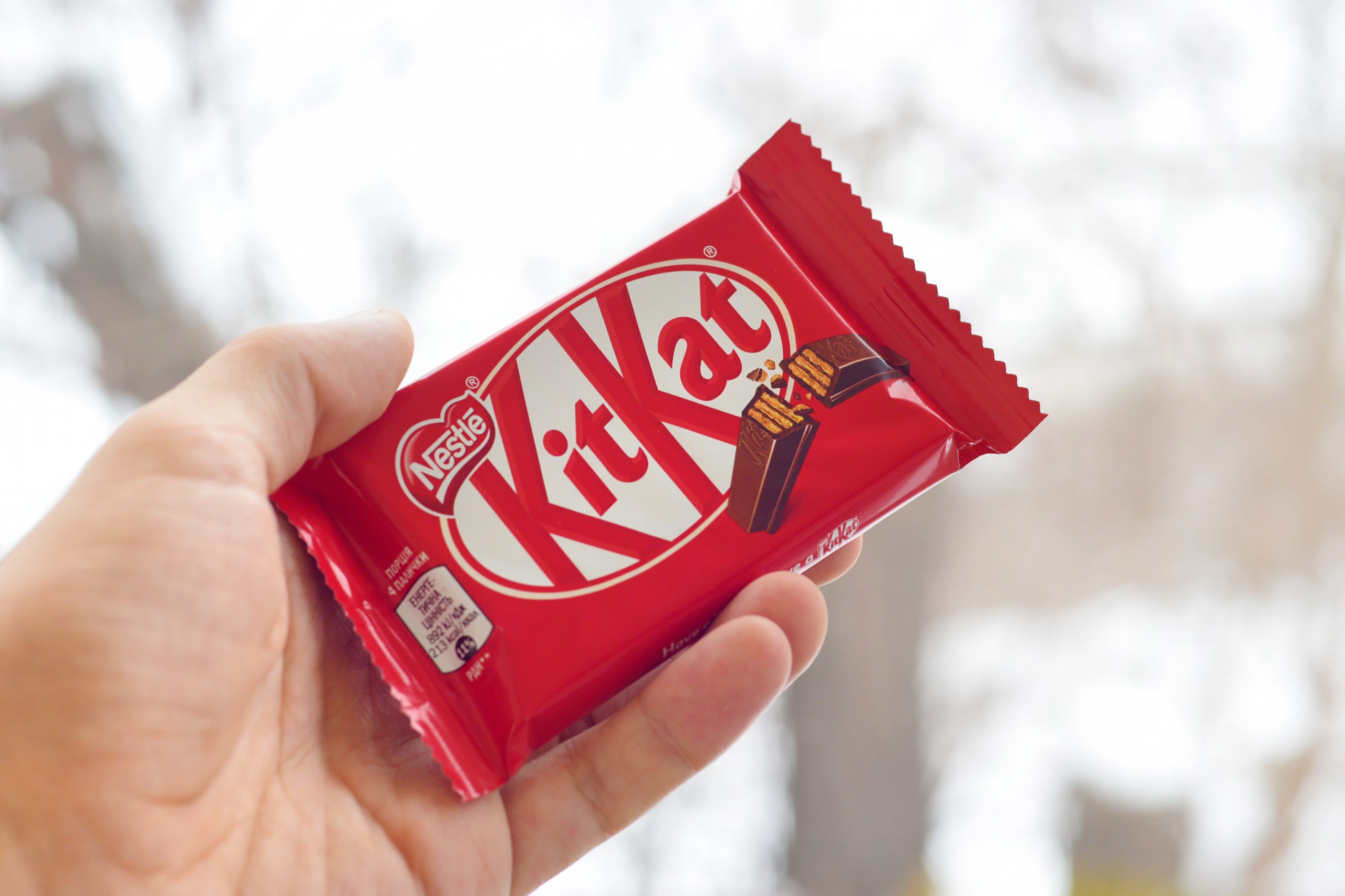Ireland’s KitKat to be carbon neutral by 2025

KitKat, one of Ireland’s most popular chocolate brands, has pledged to become carbon neutral by 2025. It aims to reduce the emissions generated through the sourcing of its ingredients, the manufacturing of the product and its distribution by more than 50% as part of the plan.
Most emissions occur when producing KitKat’s ingredients like cocoa and milk. The brand will reduce these emissions as much as possible through initiatives like restoring forests and supporting a transition to regenerative agriculture.
For any emissions that cannot be eliminated, the brand will invest in high quality offsetting based on natural climate solutions.
KitKat is working with The Carbon Trust, a global climate change and sustainability consultancy, to measure the brand’s current carbon footprint and will complete this process later in 2021.
Protecting and restoring forests
Deforestation is one of the main global drivers of carbon emissions in the agricultural supply chain. Nestlé has used a variety of tools for the last ten years, including certification, supply chain mapping and satellite imagery, to achieve its no-deforestation commitment.
Furthermore, Nestlé is focusing on forest conservation and restoration. For example, it published an action plan in 2019 to help protect and restore forests in its cocoa supply chain. Earlier this month, Nestlé joined forces with other organisations to launch the Rimba Collective. This initiative supports the protection and restoration of more than 500,000 hectares of tropical forest landscapes in Southeast Asia, where the company sources its ingredients.
Expanding regenerative agriculture
KitKat will expand its work with cocoa, palm oil, cereals, sugar and dairy farmers to implement regenerative practices. Farming methods such as reducing synthetic inputs, better management of soils and tree planting can help draw down carbon from the atmosphere, enhance biodiversity and boost on-farm productivity. To support this, KitKat will help farmers plant five million shade trees where it sources its cocoa by 2025.
Accelerating the transition to renewable electricity
KitKat is working to improve the environmental footprint of its factories. It has already reduced the energy required to produce KitKat by more than 40% per tonne of product since 2000.
Nestlé is using renewable electricity at some KitKat manufacturing sites and will continue to find new ways to end dependency on fossil fuels and use 100% renewable electricity for all KitKat factories before the end of 2025.
Building on more than a decade of action
KitKat has a history of improving the sustainability of its supply chain that dates back more than a decade. In 2009, Nestlé launched the Nestlé Cocoa Plan and by 2016, KitKat sourced 100% of its cocoa from the programme. Under the Plan, Nestlé has planted more than 15 million cocoa trees and invested CHF 300 million (€272 million) in cocoa sustainability.
The new KitKat carbon neutral pledge complements the company’s ongoing efforts to reduce its environmental footprint further. Nestlé is committed to reaching net zero emissions everywhere by no later than 2050, throughout its value chain.







